Lists are a perennial favourite on the Internet, and those of record-breaking animals are among the most popular. But behind nature’s records there are biological explanations for why a particular animal can become the biggest or the fastest, and also reasons why there are certain insurmountable limits. Here we look at some of these biological marvels, and the reasons why they push the boundaries of what is possible.
The blue whale and the size gene
Cetaceans are big animals. But while a dolphin is only about 3.5 metres long, a blue whale can reach 30 metres, making it the largest animal that has ever existed, as far as we know. Contrary to what we see in fiction, e.g. huge monsters like Godzilla or King Kong, an animal’s body cannot grow indefinitely due to biomechanical limits, thermoregulatory issues, nutritional requirements and other factors.
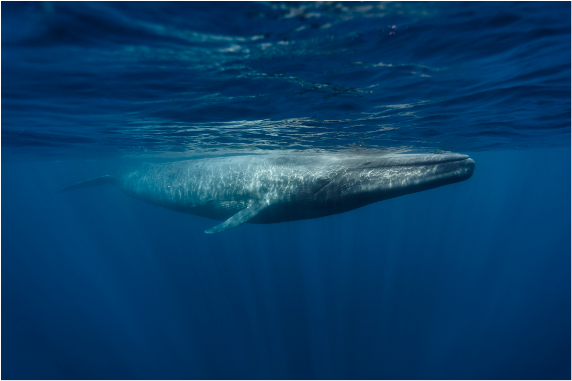
In water, animals can reach a larger size than on land because of buoyancy. But what gives the blue whale its record size? Several studies have identified specific genes that are more active in cetaceans larger than 10 metres and that appear to be responsible for this gigantism. Gene activity is regulated by DNA regions called promoters. In particular, scientists have found differences between large and small cetaceans in the promoter of a gene called NCAPG. This element could also be involved in the low incidence of cancer in large whales despite their large cell mass, providing new clues to the research.
Brazilian flea toad, the smallest vertebrate
There are upper limits to the size of an animal, but what about lower limits? The simplest animals, such as myxozoan parasites, can have only one cell, and are therefore microscopic in size. But vertebrates have a complex structure that limits how much they can shrink. In 2011, a frog smaller than a pea, called a flea toad (Brachycephalus pulex), was discovered in Brazil. A more recent study has confirmed that, at 7.1 millimetres, it beats the previous record of another frog from Papua New Guinea to take the title of the tiniest known vertebrate.
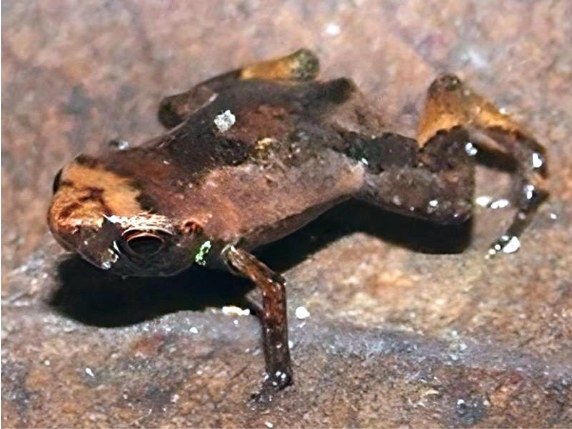
According to a 2022 study, the minimum size limit for a vertebrate is just above 6 millimetres, as below this it is not possible to accommodate all the cell types to form vital organs, nor produce enough eggs for a viable population. To be so small, the Brazilian flea toad has sacrificed several of its toes, its skeleton is almost entirely cartilage, and it probably cannot hear or make sounds.
The giant sunfish, the weight limit in a bony fish?
Among fish, there is a divide in maximum weight: while cartilaginous fish can reach the 34 tonnes of a whale shark, the largest of the bony fish remains at just over 2.7 tonnes, a record set in 2022 by the giant sunfish (Mola alexandrini). Scientists had assumed that the amount of oxygen reaching the tissues—less in the larger animals—was a limiting factor for size, given the greater metabolic needs of bony fish versus cartilaginous fish.
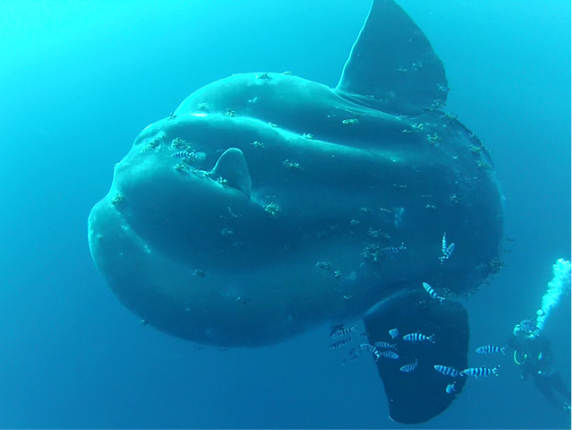
However, a prehistoric fish has overturned this hypothesis: Leedsichthys problematicus, which lived 165 million years ago, could have weighed 45 tonnes and measured 16.5 metres. By applying the parameters of present-day fish to this ancient animal, the researchers found that its gigantism was perfectly feasible. Why there are no bony fish of this size today remains a mystery.
The secret of the cheetah’s speed
Children learn that the fastest animal on land is the cheetah, whose true top speed is usually around 104 km/h. Given the cheetah’s light, slender and flexible build, this speed is not surprising. But for scientists there is an anomaly: traits such as strength, limb length, lifespan and brain volume tend to increase with the size of the animal, yet running speeds are highest in intermediate-sized species like the cheetah.
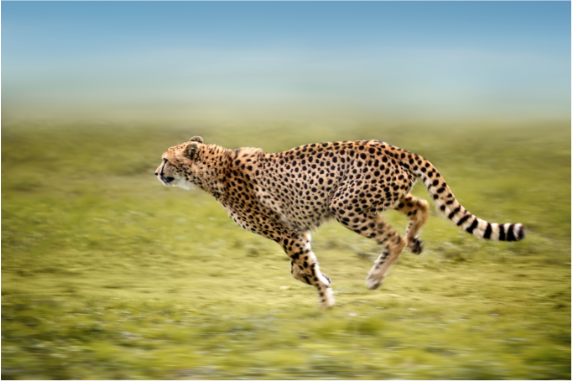
A 2024 study found that there are two factors that limit the speed of movement: how much and how quickly the muscles contract. Whichever limit is reached first determines the maximum speed; the former limit affects larger animals, while the latter limits smaller ones. According to the study, a cheetah’s weight of around 50 kilos is the “sweet spot” where the two limits coincide.
The flight of the hummingbird
Although not the fastest bird in absolute terms, the impressive 98 km/h speed of the Anna’s hummingbird (Calypte anna) is the highest in relation to its size among all vertebrates, 385 body lengths per second, compared to only 16 for the cheetah. The flight of hummingbirds is a marvel of nature: they beat their wings up to 5,400 times per minute, which requires a metabolism 100 times faster than that of an elephant, a flight musculature that reaches 30% of their weight, and a heart with the largest relative size of all animals: 2.5% of its body weight.
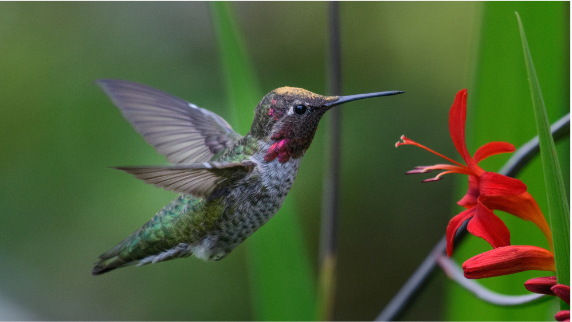
Interestingly, the hummingbirds’ peculiar metabolism doesn’t seem to be due so much to what they have acquired, but rather what they have lost: a 2023 study found that the loss of a gene called FBP2 between 30 and 48 million years ago boosts sugar metabolism and the activity of mitochondria, the power plants of cells.
Comments on this publication